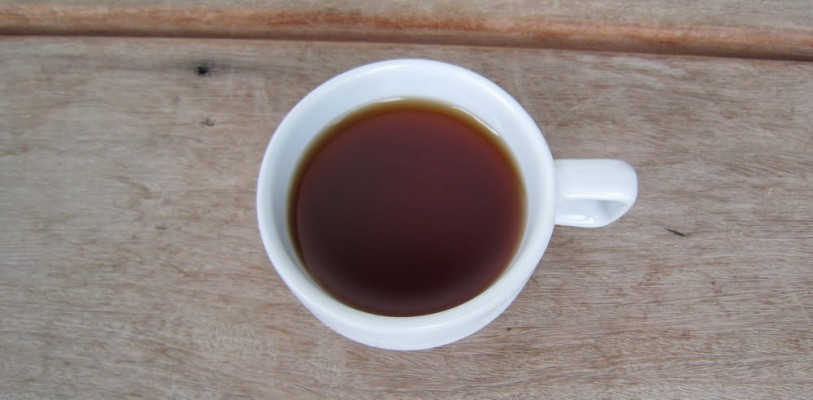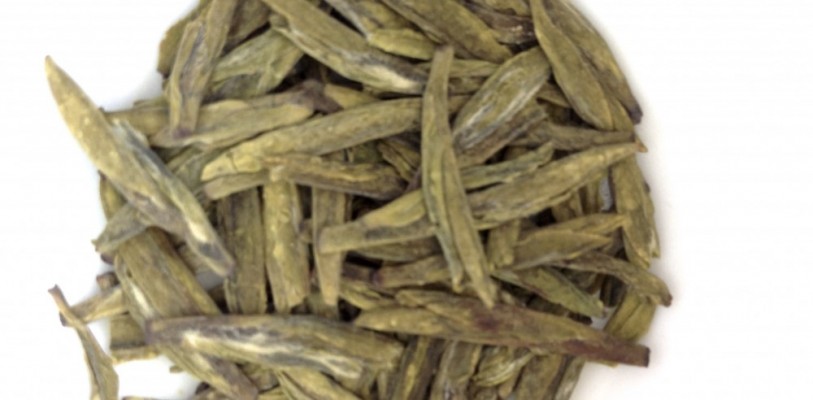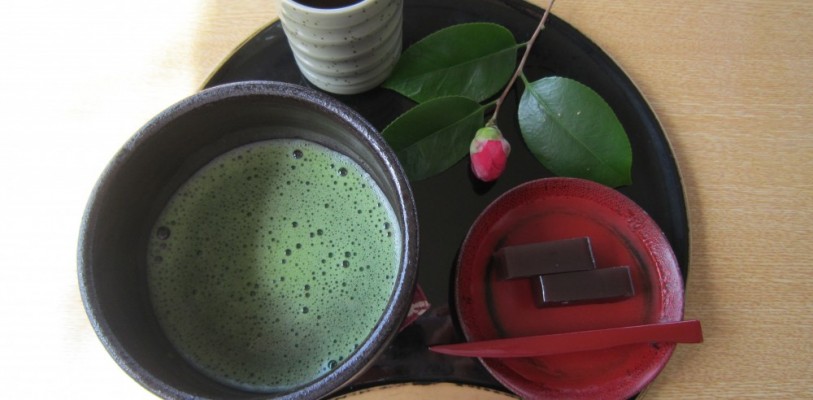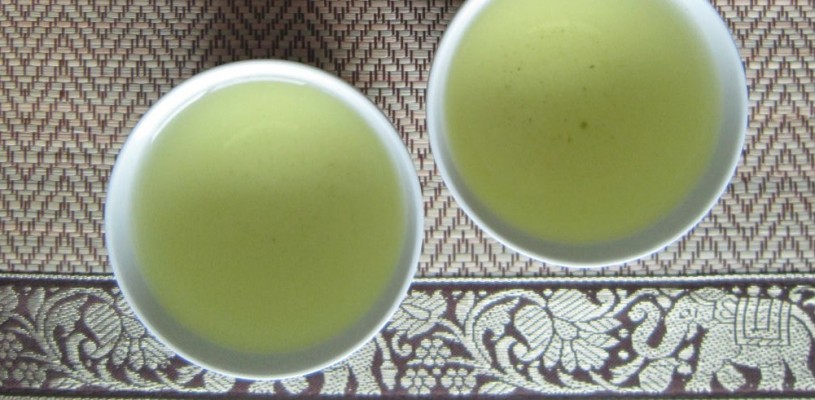
Oolong tea is a Chinese tea that is partly fermented during processing. Oxidization also occurs in this stage, sometimes up to 70%.
To gauge the quality, you want to look at things like color, aroma and flavor. The color can vary from a dark green or brown to a bright green, depending on what part of China the tea comes from.
The production of oolong needs to be done with expert knowledge and skill. The leaves are tossed and rolled while being fermented. And the operator in charge must know the exact time to stop the fermentation process.
Here’s the basic process:
It typically has a deep earthy taste with a lingering after-taste. Because it is fermented, it doesn’t have the bitterness that is sometimes associated with green tea.
It’s a unique flavor that many people don’t like at first. I like to compare it to a very weak coffee. Once you get used to the taste, you’ll find that it is just as refreshing as regular iced tea.
Oolong tea has about 35mg of EGCG on average. Although this is only half of what green tea has, it still ranks pretty high up.
Like green tea, there are also studies suggesting that it has the ability to help prevent the development of cancer. In a study done at the Chinese Academy of Sciences, Yu Long Chen implies that its extract has higher anti-inflammatory activity than both green and black teas.
There have also been studies that report it has an anti-obesity effect. It is said that the tea has fat-decreasing mechanisms – like thiamin, arginine, caffeine, EGCG and citric acid – that in combination decrease body fat.
I don’t know if this is true and I wouldn’t count on it as the one fix-all to lose weight. What I will say is that here in Japan, when I go out to eat Korean barbecue all my Japanese friends drink it. They claim it helps to keep their bodies from storing the fat from the meat.
Personally, I’m a huge fan of this semi-fermented tea. It is always part of my tea arsenal. I like it ice cold on a hot humid day or after an intense workout (after I’ve drunk my weight in water). Just like green tea, if you’re not used to the taste, it will take some time to start liking it. I bet you hated coffee the first time you tasted it!
If you are looking to lose weight, then you will need more than just a drink to achieve your goal.
Chen, Y., Duan, J., Jiang, Y., Shi, J., Peng, L., Xue, S., & Kakuda, Y. (2011). Production, quality, and biological effects of oolong tea (camellia sinensis). Food Reviews International, 27(1), 1-15.


